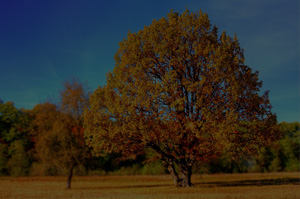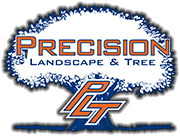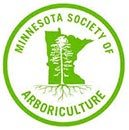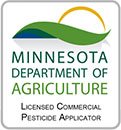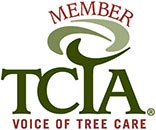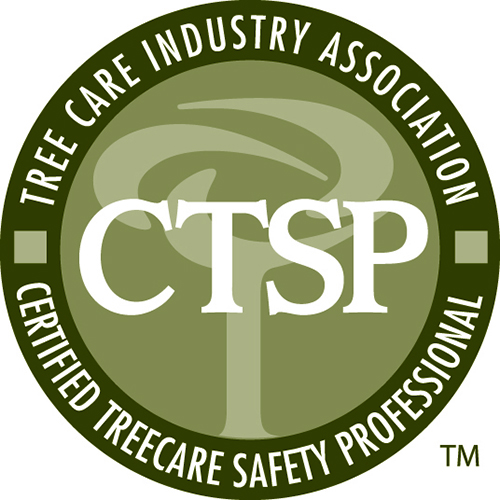Oak Trees In Minnesota
The four most common species of oaks in Minnesota are the Northern Red Oak, Northern Pin Oak, Bur Oak, and White Oak. Oak wilt is most severe in the Northern Red and Northern Pin species. No species of Oak are known to be immune.
Where does Oak wilt occur?
Oak wilt occurs in 24 states in the United States. In Minnesota, it is commonly found in the southeastern part of the state.
Symptoms of Oak wilt:
Each type of Oak tree has a different way of showing they are diseased.
Symptoms of Oak wilt in the Red Oak group (Northern Red Oak, Northern Pin Oak):
When Red Oak tree gets infected the tree wilts very rapidly going from the top, down. The leaves get a reddish brown discoloration. You may also notice a dark blue/gray tint on the wood when the bark is peeled back from a branch. Complete wilting and leaf loss can happen in as little as one month.
Symptoms of Oak wilt in the White Oak group (Bur Oak and White Oak):
Symptoms of Oak wilt in White Oak’s are harder to spot. Bronzing and browning of the leaves will occur and dark brown or black discoloration may happen on the wood surface. You may also notice a fungal infection in the cross section of an infected branch. But the symptoms develop much slower (take 2-5 years for the tree to die) than the Red Oaks.
How do you prevent Oak wilt from spreading?
If you believe you have an infected tree on your property, you should contact a professional to diagnose the disease before taking measures. You do not want to be treating a tree for something it doesn’t have. Once you’ve gotten a diagnosis from a professional arborist, they will probably recommend you do a mix of the following:
Remove infected trees in the correct season if possible
It is safer to take care of Oak wilt infected trees in November-March when fungal pathogens and insects are inactive. In other months of the year, there is more risk that the Oak wilt will spread. A professional arborist will be able to suggest the best plan of action.
Root graft cutting
The Oak wilt disease spreads underground through the roots of the tree. In areas where there are a lot of closely related species, tree roots graft together. By cutting the root connections between healthy and diseased trees, it can save the healthy trees from getting infected.
It is best to leave this job to the professionals because there needs to be control lines and strategy in place. Then the trees need to be disposed of properly.
Chemical treatment
If the pruning or felling must be done on your tree in the spring or summer when it is easier to spread Oak wilt, chemicals can prevent sap beetles from spreading the disease. There should be an immediate treatment of water-based paint, pruning/would sealer, or shellac after the cutting. The wood that was cut from the tree should be disposed of with control.
Don’t transfer firewood
Do not transfer wood from infected areas to areas where there are healthy trees. Long distance movement of firewood has caused Oak wilt to affect trees that were not in an area where it was present beforehand.
Chemical protection
Systemic injection with propiconazole can be given to healthy trees by a certified arborist. It can prevent oak wilt symptoms for up to two years if the trees are not already infected.
Can you save a tree that already has Oak wilt?
Unfortunately, there is no known cure for Oak wilt.
How do you remove a tree with Oak wilt?
It is best to call a professional arborist to remove trees with Oak wilt. It is easily spreadable and needs to be handled with controls in place. The tree care company will make plans to have mechanical or chemical barriers in place, pick the right season, and remove the correct amount of trees. They will also have the necessary equipment and experience.
The remains of the trees that were removed need to be burned, chipped, or covered with plastic for 60 days.
The sooner you can come up with a plan to prevent your Oak wilt from spreading, the better. Call a professional tree care company as soon as possible to make a plan of action.
